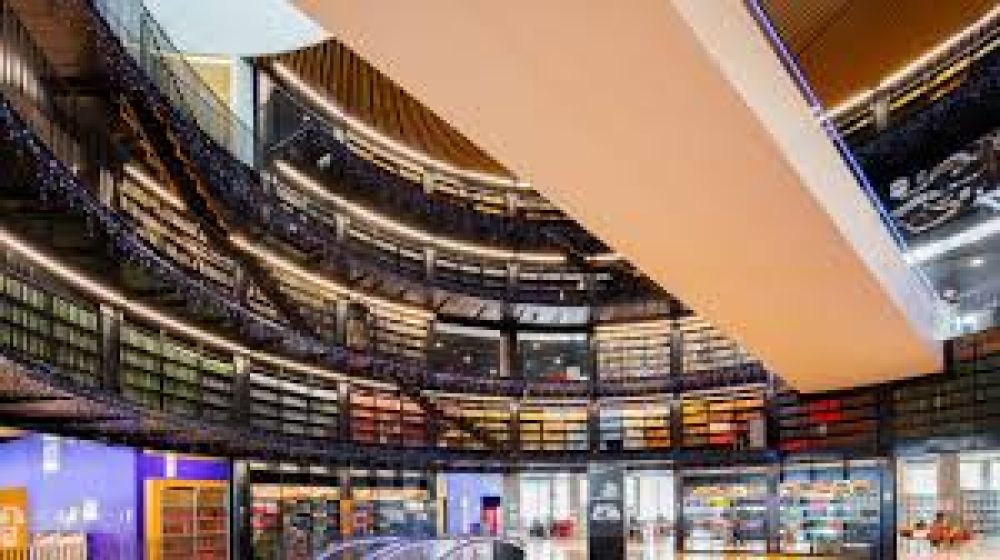

The Library of Birmingham, located in the heart of Birmingham, United Kingdom, represents a significant chapter in the city's cultural and architectural journey. The history of tourism and public interest in this remarkable building dates back to its opening in September 2013. The library was designed by Dutch architects Mecanoo as part of a broader redevelopment scheme to create a more vibrant and dynamic cultural district in Birmingham's Centenary Square.
Before the Library of Birmingham, the city was served by the Birmingham Central Library, which was an iconic Brutalist building that stood from 1974 until its closure in 2013. As the city's needs evolved, it was clear that a new, modern facility was required to accommodate the growing demand for flexible library services, a task the old Central Library could no longer fulfill due to constraints of space and design.
The planning for the Library of Birmingham focused on creating a space that was not just a repository of books but a social center where digital innovation, community engagement, and environmental sustainability were front and center. The library was received with great adulation for its unique design, which incorporates a spacious atrium, roof terraces, and a striking facade.
Since its inception, the Library of Birmingham has quickly become one of the city's most visited tourist attractions. It serves as a cultural hub, with its striking architecture drawing visitors from around the globe. Moreover, the library's extensive collection, which includes rare historical documents and archives, entices scholars, tourists, and local residents alike.
The building's impressive event spaces, outdoor terraces with panoramic views of the city, and the stunning Shakespeare Memorial Room are notable highlights that contribute to the library's tourism appeal. Additionally, regularly hosted exhibitions, workshops, and cultural events have established the Library of Birmingham as a cornerstone of the local community and a must-visit destination for tourists.
In recent years, the library has seen a shift towards integrating more digital experiences for visitors. This includes providing access to collections through digital mediums and hosting online archives, which align with the growing trend of technology-enhanced tourism.
With environmental concerns becoming increasingly important to tourists, the Library of Birmingham's commitment to sustainability—evident in its design and operations—has been well-received by visitors. The use of energy-efficient systems and the promotion of a green environment aligns with contemporary tourism trends focusing on eco-friendliness and responsible travel.
During the COVID-19 pandemic, the library faced temporary closures and restrictions like many cultural institutions around the world. However, it has since seen a resurgence in visitors as people renew their interest in local tourism and culturally enriching experiences.
The Library of Birmingham continues to embody the city's progressive spirit and commitment to learning and culture. It remains one of the most iconic landmarks in Birmingham and a beacon for bibliophiles, history enthusiasts, and architecture aficionados. As a tourist destination, it upholds the spirit of innovation that keeps Birmingham's tourism industry vibrant and inviting.
Whether you are seeking knowledge, architectural wonder, or a panoramic view of the cityscape, the Library of Birmingham stands ready to welcome tourists and locals to its modern-day sanctuary of learning and leisure.